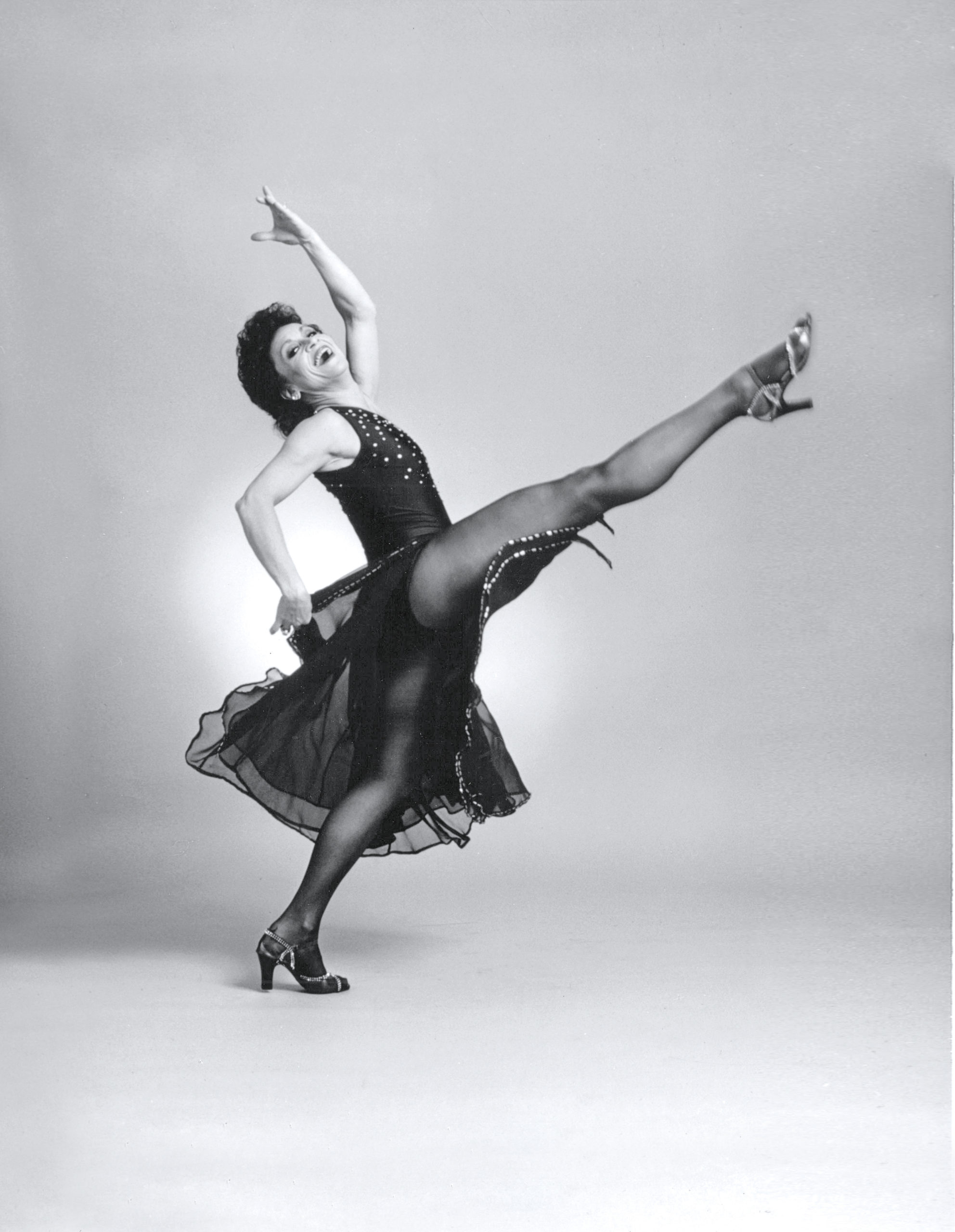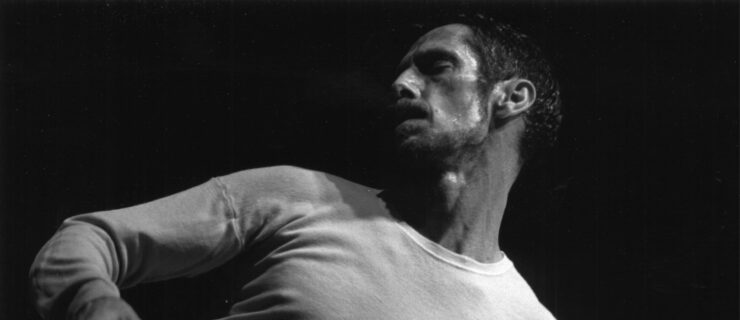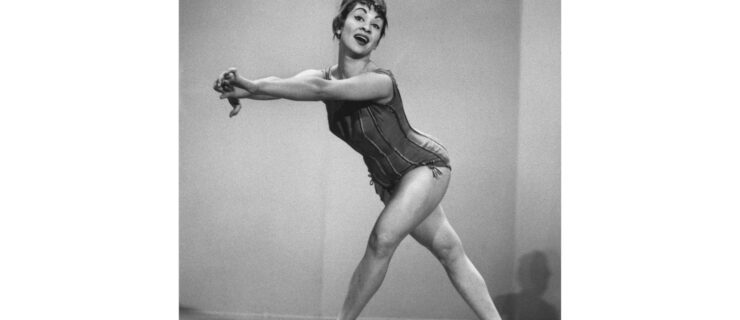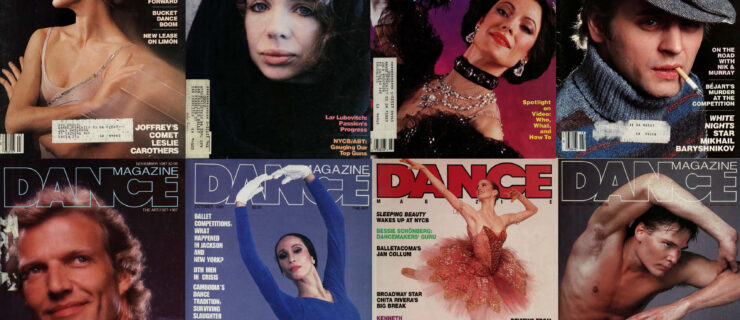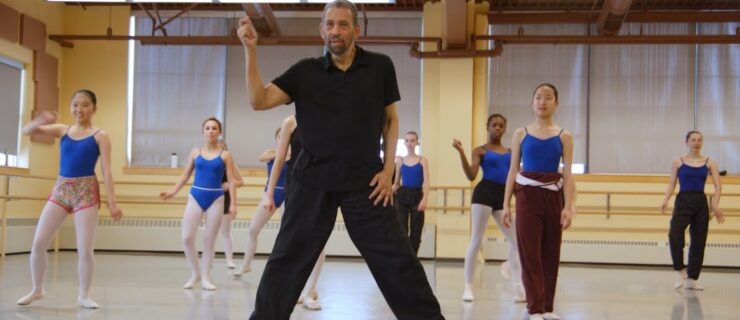Remembering Chita Rivera, 1933–2024: “I Wouldn’t Trade Being a Dancer for Anything”
Chita Rivera didn’t make steps look easy—she made them look powerful. Even the most subtle isolation involved her entire body; even her stillness buzzed with energy. Her total commitment to movement gave her total command of the stage.
The epitome of a triple threat, Rivera was a veritable Broadway legend, winning multiple Tony Awards, the Presidential Medal of Freedom, and a Kennedy Center Honor. But she always described herself as a dancer first. (Her 2005 Broadway show was even titled Chita Rivera: The Dancer’s Life.) As she told Dance Magazine in 2004: “I wouldn’t trade being a dancer for anything.”
After radiating sincere joy onstage for decades and inspiring generations of dancers, she died shortly after her 91st birthday, on January 30, 2024, in New York City.
Rivera was born in Washington, DC, on January 23, 1933, as Dolores Conchita Figueroa del Rivero. She began dancing when her widowed mother enrolled her at the esteemed Jones-Haywood Dance School to rein in her “tomboy” energy. Soon, Rivera was training at the School of American Ballet on a scholarship offered by George Balanchine himself. Although she ended up making her career in musical theater, that ballet background gave her movement a classical elegance that could still be seen decades later in the delicate lines of her fingertips and the open carriage of her upper body.
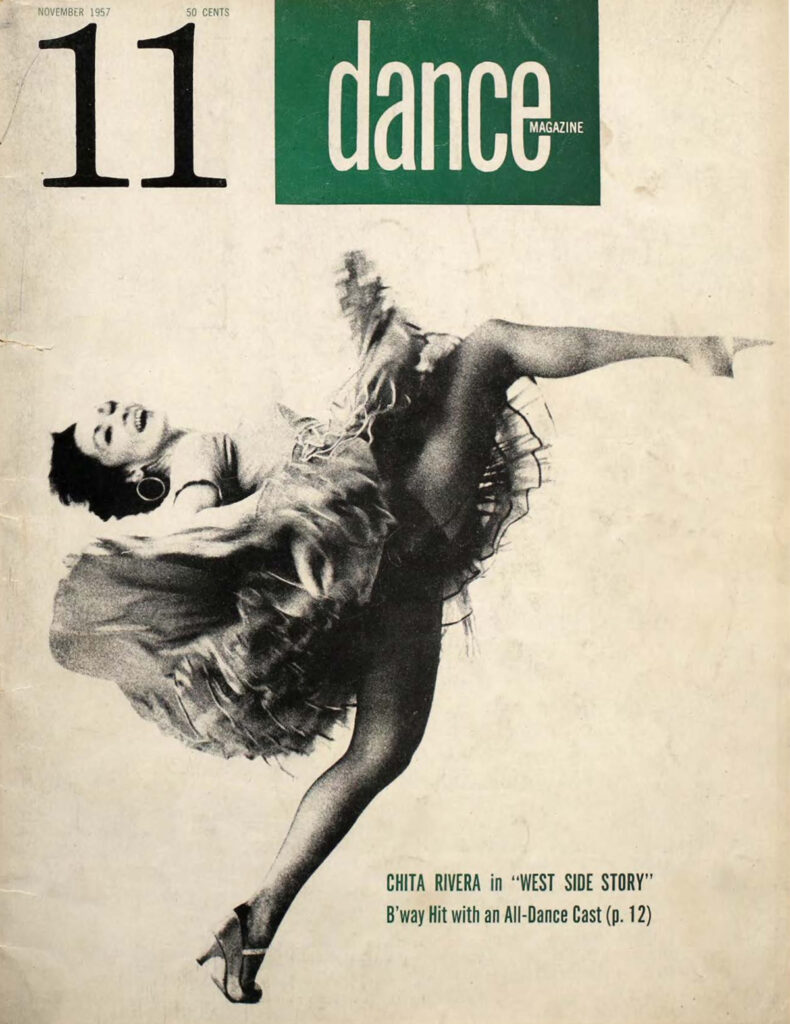
Upon graduating from high school in 1951, Rivera booked her first performing job in a national tour of Irving Berlin’s Call Me Madam. Less than a year later, she made her Broadway debut as a principal dancer in Guys and Dolls. But the role that made her a star came in 1957 when, at age 24, she drew upon her Puerto Rican heritage as Anita in West Side Story. Dance Magazine put her on the cover for the first time that November. Inside the issue, writer Leo Lerman declared, “Here is a performer of enormous individuality with a dance approach quite uniquely her own.”
Her career took off, and held steady. In 1961, she received her first Tony Award nomination for her portrayal of Rosie in Bye Bye Birdie; in 1976, she got another for originating the role of Velma Kelly in Chicago. Rivera was quick to acknowledge that she greatly benefited from working with iconic choreographers like Jerome Robbins, Bob Fosse, Michael Kidd, and Gower Champion. They created the steps; she made them sizzle.
When a car crash in 1986 crushed her left leg, doctors told her she would never dance again. They clearly didn’t know Rivera. Within a year, she was performing in cabarets, wowing audiences with her signature irrepressible energy (even if the kicks were a little lower). She even returned to Broadway in 1993, in the title role of Kiss of the Spider Woman—for which she won a Tony for Best Actress in a Musical. In total, she appeared in more than 20 Broadway productions over the course of seven decades, receiving 10 Tony Award nominations and winning three.
In 2017, when the Astaire Awards—which honor dance in theater and film—needed to be rebranded, they were swiftly renamed the Chita Rivera Awards for Dance and Choreography. Today, a Chita Rivera Award is one of the highest honors for a musical theater dancer or choreographer. On the red carpet before the first ceremony under Rivera’s name, former Dance Magazine editor in chief Wendy Perron asked Rivera for her advice for young dancers. Rivera responded: “Keep caring. Keep dancing. Keep working hard. But most of all, keep loving, loving to dance.”
Rivera’s own love stayed strong until the end. When her memoir was released last year, Rivera told “CBS Sunday Morning”: “If I come back, I want to come back a dancer. That will be my second life.”
